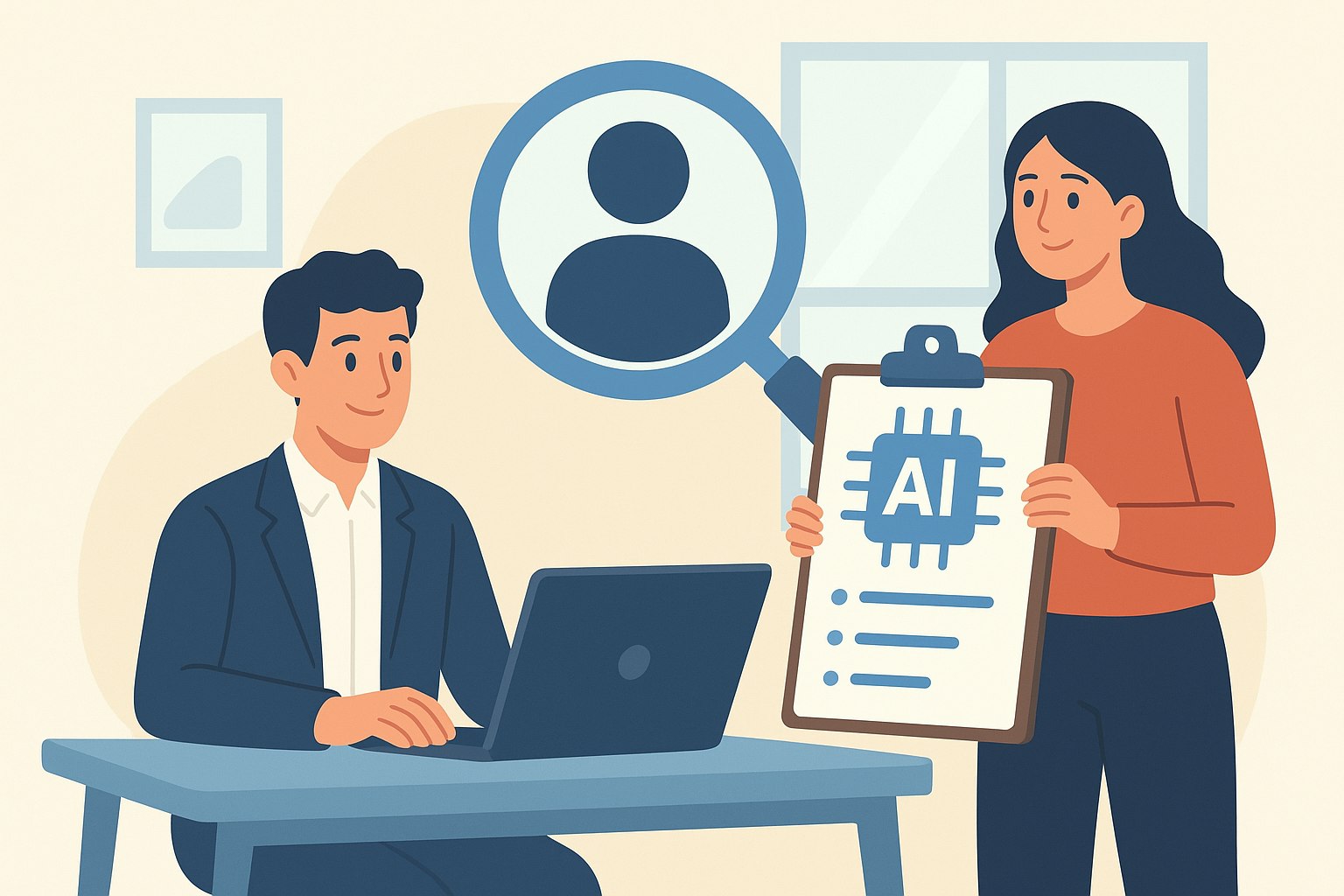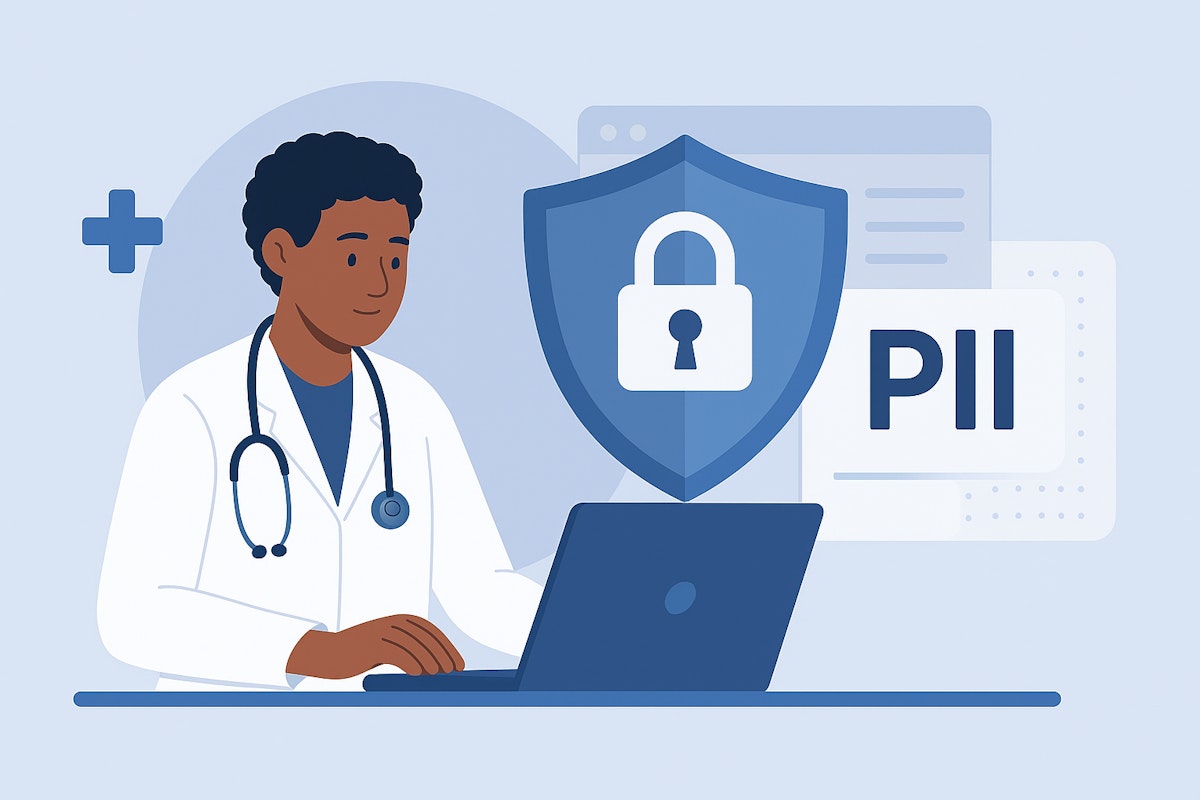Table of Content
As we head into a new year, it’s hard not to see how quickly Artificial Intelligence (AI) has moved from proof-of-concept to practical, everyday business use.
From assisting doctors during diagnosis and optimizing shipping routes for delivery fleets to summarizing research papers for scientists and personalizing product experiences for different target audiences, the technology has clearly gone mainstream.
In fact, in 2024 alone, 78% of organizations reported using AI, up from 55% the year before! And with the global AI market projected to reach $3.5 trillion by 2033, the question is no longer whether to use AI but how to implement it effectively.
That’s where the quality of AI teams becomes critical. Sure, Large Language Model (LLM) frameworks and data orchestration tools are widely available. But they hold no value if developers don’t understand data, workflows, constraints, and business targets.
How Has AI Hiring Changed in 2026?
AI development has shifted from prototype tinkering to full systems engineering. Earlier, teams would build demos quickly using off-the-shelf models and simple API calls.
However, now that AI systems are being deployed in production across various industries, it’s vital to understand data pipelines, output validation, and deployment environments, as well as how these components interact end-to-end.
There’s also greater emphasis on privacy, compliance, and cost optimization. Organizations want their AI systems to be accurate, measurable, and efficient, not just impressive in a demo.
How to Hire AI Developers: Practical Steps and Mistakes to Avoid, Explained by Intuz
1. Define the business problem you’re facing
Before you begin the hiring process, get clarity on the specific roadblock in your AI project. For example, if the issue is managing messy, high-volume data, you’ll need a developer with data engineering experience who can clean and structure it.
Or, if you want to improve search, retrieval, and summarization of your organization’s knowledge base (documents, conversations, and FAQs), you’ll want to look for someone who has previously worked with RAG workflows and vector databases.
This exercise helps you determine the skills to look for, the level of seniority you need, and the hiring model that makes sense for you.
2. Choose the right hiring model for your situation
Once you know the type of support your AI project needs, the next step is to identify the hiring approach. This decision typically depends on three factors:
- How fast do you need results?
- How much flexibility do you have in cost?
- Whether someone in-house can guide, review, and shape the solution
For example, if AI is core to your product or long-term strategy, you’ll likely want to build an in-house team even though it takes time to recruit and onboard. The investment pays off through ownership and continuity.
If you’re verifying a concept or automating a small AI workflow, freelancers give you speed and flexibility with minimal commitment.
On the other hand, if your AI project requires coordinated execution across data, infrastructure, and integration, an AI development company like Intuz is often the best choice. This is especially valuable when your internal resources are limited or when the cost of a wrong turn is high.
Additionally, with an external partner, you gain a team that understands the challenges, pitfalls, and how to deliver results without trial and error.
3. Source and screen candidates effectively
By this stage, you’ve already clarified the AI use case and chosen the hiring model that fits your situation. Now it’s time, actually, to find the talent. To make this easier, use the quick reference table below as a starting point:
When you begin screening candidates, you’ll realize that many can write prompt models or run fine-tuning scripts. Fewer can design data workflows, evaluate model outputs in context, and deploy the system in a way that allows your teams to maintain it.
Therefore, don’t rely only on portfolios or resumes. Also, review their open-source contributions on Hugging Face, Kaggle Competitions, GitHub AI projects, or Jupyter Notebooks.
Then, ask candidates to walk you through a past project where a model moved from development to real use. This is the fastest way to assess whether they can actually build what you need.
It demonstrates how they think, how they structure MLOps pipelines and refine models, and how they make technical decisions in alignment with business goals.
4. Validate experience, cultural fit, and compensation
By the time you reach this stage, the technical examination is already complete. You’re well aware of the candidate’s capabilities. Now, you need to confirm whether they’ll work well with your team and within your organizational rhythm.
This is where soft skills, an ownership mindset, and a collaborative style matter. Look for signs of how candidates communicate and operate on a day-to-day basis. For example:
- Can they adjust their approach when priorities or data change?
- Do they proactively share progress and surface blockers early?
- Do they ask clarifying questions before diving into implementation?
- Can they explain technical decisions in clear, simple language?
Establish the project expectations early to ensure a smooth start.
Skills and Capabilities to Prioritize When Hiring AI Talent
What’s the Cost of Hiring AI Developers in 2026?
Here’s a two-tier comparison to help you understand cost patterns across hiring models for AI developers:
Hidden and ongoing costs (2026)
Why Partner With Intuz for AI Development
If you’ve read this far, you have a clear understanding of what goes into hiring AI talent, including the skills to look for, the assessment steps, the hiring models, and the trade-offs involved. You also know the common hiring mistakes to avoid.
And if you prefer to skip the sourcing, screening, and onboarding process, partner with Intuz. Our engineers build directly within your cloud environment, utilize open-source frameworks that your team can extend, and document decisions as the AI solution evolves.
We also support the full lifecycle, comprising workflow definition, data preparation, model adaptation, deployment, and monitoring, which keeps the project moving in one continuous path without unnecessary hand-offs.
If you’d like to see whether a specific workflow is suitable for AI, we can review it together.
A focused 45-minute working session is typically sufficient to assess feasibility and outline next steps. Book a free consultation with Intuz today!








